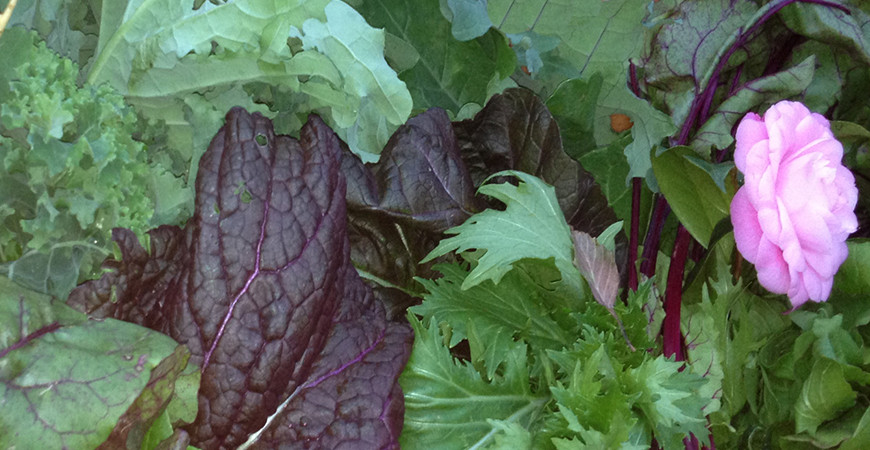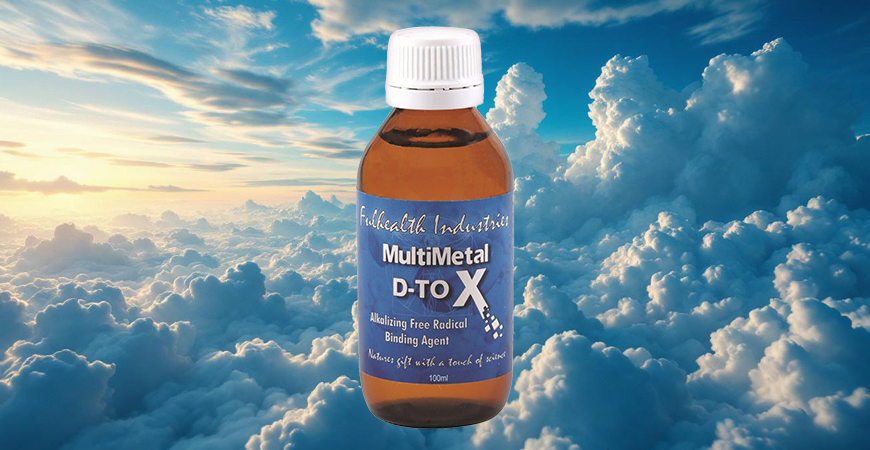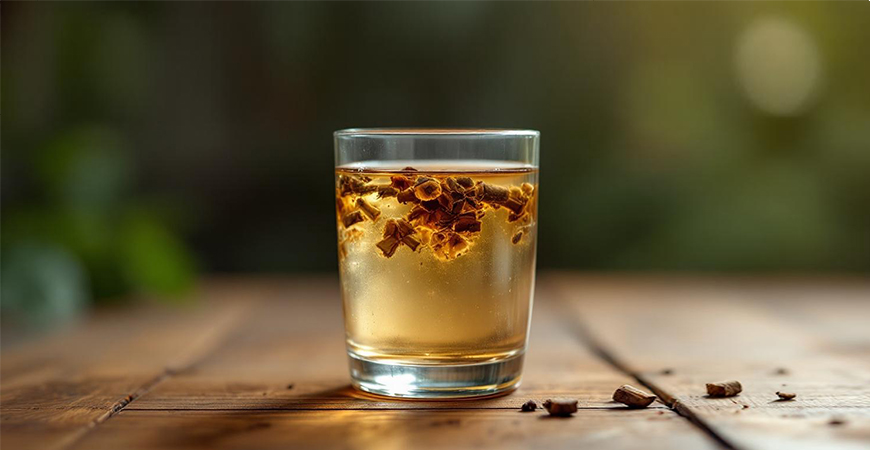How to Make A Green Juice
If you’re feeling confused about how to start re-building your health and body, start by listening to the advice a wise grandmother gave us who said… “Eat your greens”.
Most leafy greens will juice but some taste a lot better than others.
Here is an easy to find ingredient list, recipe and video to help ignite the regenerative processes of your body.
Find the leafy greens that easily grow in your climate and if a green thumb is not your thing, the local green grocer or farmers market should be able to supply you with your ingredients to help re-build your body.
Be advised that the more acidic your body is, the stronger the taste of the greens it can be for you.
Water it down plenty if you must and remember, remember, remember; our body must first clean the debris out before it can build anew, so be gentle with yourself and your expectations of instant gratification.
On the video below, i use a stainless steel twin auger juicer as i juice a lot.
For most households most cold press juicers will suffice.
When you make a brew, keep in mind to make it not so strong in taste but strong in alkalising and rebuilding power to vitalise your blood.
And so you know, i didn’t forget the celery.
We couldn’t source any vibrant bunches as we prefer to source our veggies from locally grown suppliers and if they’re not available, we look for what is.
Related Video
Celery, Kale, Parsley, Dandelion, Wheatgrass
- Celery – Use celery as the foundation of your juice. Celery is high in sodium and very good for your digestive system – “It’s not what you eat, it’s what you absorb”.
- Kale is packed full of chlorophyll and is rich with the ability to alkalise and support the body’s regenerative processes.
- Parsley A cup of fresh parsley (about 100g) apparently contains more beta carotene than a large carrot, almost twice as much vitamin C as an orange, more calcium than a cup of milk, and twenty times as much iron as a serving of liver.
- Mint A big handful of mint (spearmint, peppermint) not only makes your greens very tasty, mint herbs have shown themselves useful for their anti-parasite properties. And believe me parasites contribute to more human health sufferings than most of us are led to believe or more to the point, “want we want to believe!”
- Dandelion A rich source of vitamins A, B complex, C, and D, dandelion leaves also give you minerals such as iron, potassium, and zinc. Dandelion leaves are often added to salads as an extra nutritive base and a bit of extra zing in a salad. Known as a bitter herb, dandelion has been used for liver function and as a diuretic for fluid retention or for what is just another name for dehydration.
- Collards – Are a cruciferous vegetables that are a great source of vitamin K, A and C. Add to that many other goodies, like the high sulphur content that has given collards a name for building beautiful and lustrous skin, eyes and hair. Rich in omega 3 fatty acids (as are all the deep green leafy veggies) collard is a virtuoso for its deep cleansing action upon the digestive system, hence its inclusion in the list of greens that are great for regeneration and detoxification programs.
- Wheatgrass is very high in enzymes & chlorophyll It contains up to 70% chlorophyll, which is an important blood builder. The chlorophyll molecule closely resembles that of the haemin molecule, the pigment that combines with protein to form haemoglobin. The major difference is that the chlorophyll molecule contains magnesium as its central atom, and the haemin molecule contains iron. The molecular structure of these two substances is almost identical in every other respect.
How much of each should i use?
Of course the freshness and hydration of the greens you use will differ, but to make about 200ml of juice, which generally is enough for a someone just starting on the green juice regeneration train, i would use…
- 2 sticks of celery plus leaves
- 3 big kale leaves
- 4 or 5 dandelion leaves
- 1 big collard leaf (remove the stem if the taste gets too bitter)
- As for parsley, make both hands into a fist and place them together. Picture your two fists as a little tree of parsley. This will work a treat. Juice the parsley last as it tends to make cleaning of your juicer easier.
- Lots of mint. I reckon the more the better!!!
- Wheatgrass has a sweet taste and is loaded with goodness. The most common trays you get are about 12″ x 10″ and to start with, juice about a ¼ of a trays worth. Build up slowly!
When you’ve juiced your greens Dilute your juice by a ratio of at least 1:1
That is – One part beautiful fresh green juice and One part filtered alkaline rich water.
And there will be one less human helping to push up daisies.



